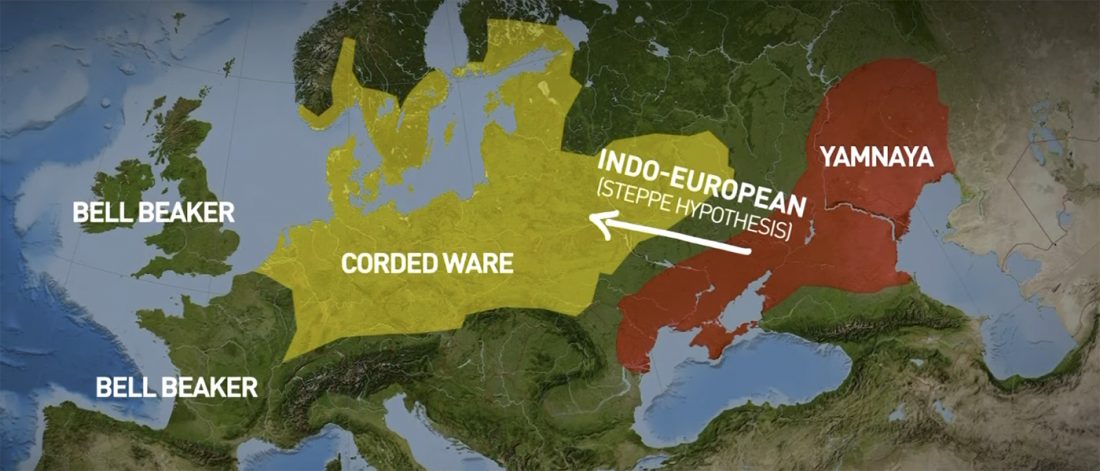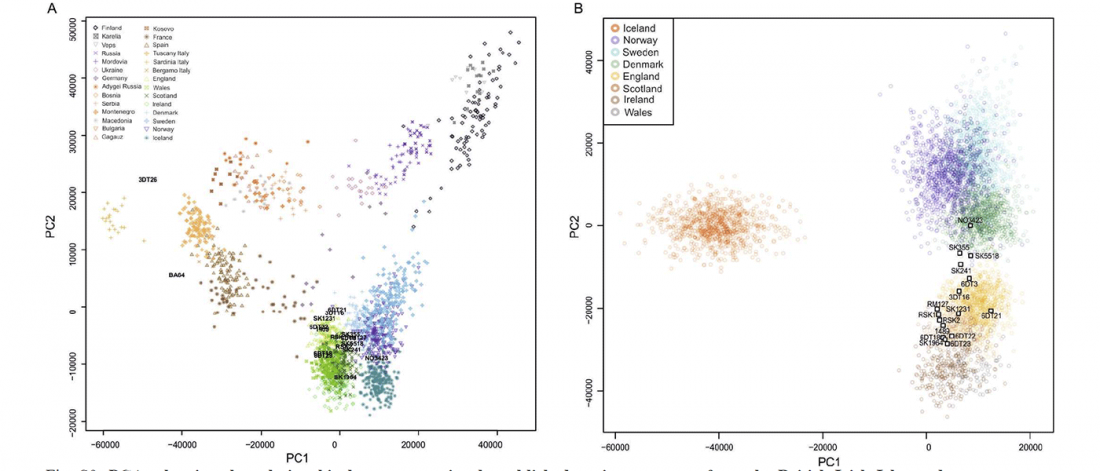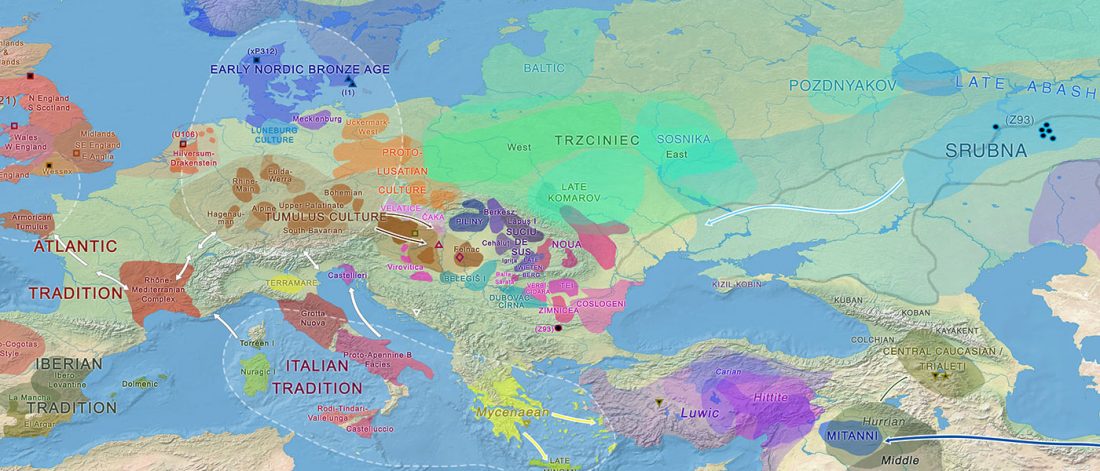A commenter, Old Europe, drew my attention to the Uralic (Finnic-Saamic) substrate in Germanic proposed by Schrijver in Chapter V. Origins of Language Contact and the Origins of the Germanic Languages, Routledge (2014).
I wanted to share here some interesting excerpts (emphasis mine):
NOTE. I have avoided many detailed linguistic discussions. You should read the whole chapter to check them out.
… Read the rest “Pre-Germanic born out of a Proto-Finnic substrate in Scandinavia”The origins of the Germanic subfamily of Indo-European cannot be understood without acknowledging its interactions with a language group that has been its long-time neighbour: the Finnic subgroup of the Uralic language family. Indo-European and Uralic are







